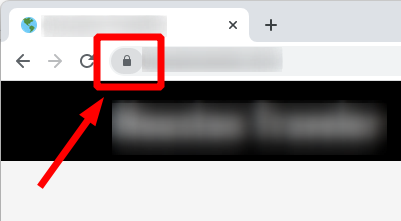
The Rise of Sustainable Packaging in Skincare
Key takeaways
- Sustainable packaging is revolutionizing the skincare industry, focusing on eco-friendly materials.
- Consumer demand for transparency and responsibility is driving brands to innovate.
- Various packaging types, from biodegradable containers to refillable options, are emerging.
- Staying updated on sustainable trends can enhance your organic skincare regimen.
- Investing in sustainable products supports both personal health and the environment.
As the world becomes increasingly aware of environmental issues, the skincare industry is experiencing a profound transformation, particularly in the realm of packaging. Sustainable packaging is not just a trend; it represents a fundamental shift in how brands approach their environmental responsibilities. In this article, we will explore the rise of sustainable packaging in skincare and its implications for consumer choices and the broader beauty industry.
Understanding sustainable packaging
Sustainable packaging refers to the use of materials and practices that are environmentally friendly and socially responsible. This includes using recyclable or biodegradable materials and reducing unnecessary waste. Brands in the organic skincare sector are leading the charge towards these sustainable practices, reshaping consumer expectations.
Why is sustainable packaging important?
- Environmental impact: Reducing plastic usage mitigates pollution and waste.
- Consumer preference: More consumers are opting for brands that demonstrate sustainability efforts.
- Regulations: Governments worldwide are implementing stricter regulations on waste and packaging.
The evolution of packaging materials
Traditionally, skincare products have been packaged in plastics and non-biodegradable materials. However, with the trend towards sustainability, many brands are experimenting with the following materials:
| Material | Description | Benefits |
|---|---|---|
| Glass | Recyclable and reusable, providing a premium feel. | Infinitely recyclable, low environmental impact. |
| Aluminum | Lightweight, durable, and recyclable. | Revolutionary in reducing plastic waste, easy to recycle. |
| Biodegradable plastics | Made from natural materials that decompose over time. | Reduces the time waste spends in landfills. |
| Papers and Cardboards | Often sourced from recycled materials. | Compostable options are available, which are eco-friendly. |
Brands leading the change
As brands respond to consumer demand for sustainable practices, several have become trailblazers in this packaging evolution:
- Many companies are moving towards refillable systems, allowing customers to reuse their containers.
- Innovative packaging designs featuring biomaterials are now common, setting new standards in the market.
- Brands are incorporating eco-friendly inks and dyes in their packaging to enhance sustainability.
Consumer impact and ethical considerations
The move towards sustainable packaging isn't only beneficial for manufacturers; it has significant implications for consumers as well. As shoppers become more selective about where they spend their money, many are now considering a brand’s environmental impact as a key factor in their purchasing decisions. Here are some of the benefits for consumers:
- Healthier options: Eco-friendly packaging often accompanies organic skincare formulas, emphasizing an overall commitment to wellness.
- Transparency: Brands that invest in sustainable packaging typically maintain transparency about their sourcing and production practices.
- Reduced waste: Choosing sustainable products contributes to less waste in landfills and encourages responsible consumption.
Challenges faced in sustainable packaging
Despite the numerous benefits, the journey towards sustainable packaging does come with its own set of challenges. Here are some notable aspects:
- Cost: Sustainable materials can often be more expensive, leading to higher prices for consumers.
- Supply chain complexities: Brands must work harder to source sustainable materials and establish new partnerships.
- Consumer education: Raising awareness about sustainability and its benefits is crucial to drive consumer buying habits.
Future trends in sustainable skincare packaging
Looking ahead, we can expect several exciting trends that signify the future of sustainable skincare packaging:
- Increased offer of refill stations: More retailers will likely provide refill stations for skincare products.
- Smart packaging solutions: The integration of technology to enhance user experience, improve recycling, and track sustainability efforts.
- Enhanced materials science: Research into new materials that are even more sustainable will continue.
Conclusion
The commitment to sustainable packaging within the skincare industry is a promising development that reflects a broader shift toward sustainability across all consumer goods. By choosing products that prioritize eco-friendly packaging, consumers are not only making choices that benefit their skin but also supporting brands that embrace ethical and sustainable values.
Tips for choosing sustainable packaging in skincare
- Look for brands that use recycled or biodegradable materials.
- Check if the products you purchase offer refill options.
- Support brands that practice transparency about their sourcing and production.
- Consider the overall impact of packaging, including transportation and production methods.


